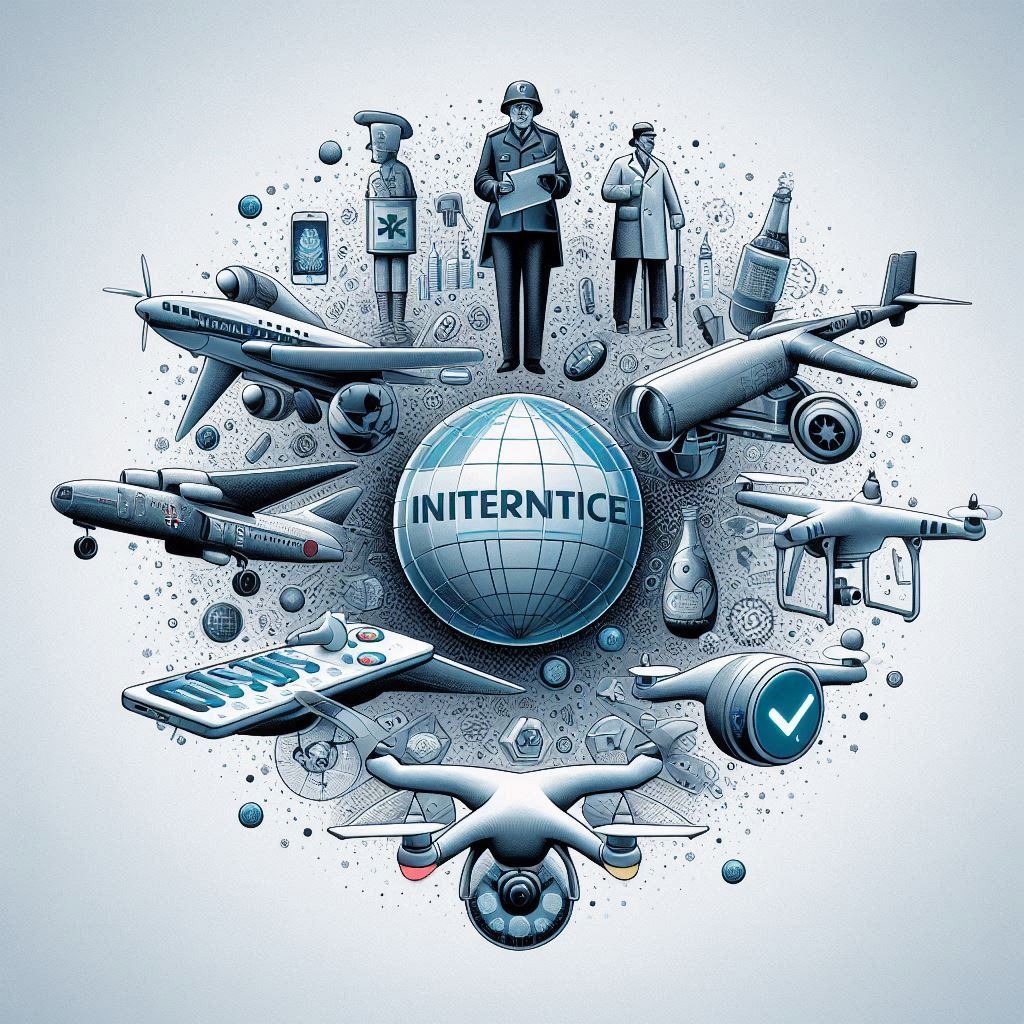Crisis often sparks creativity. In urgent times, people work faster and think more innovatively. What begins as a temporary solution to a pressing need can eventually grow into a groundbreaking invention that reshapes the world. Let’s explore five major innovations that emerged during challenging times, and how they’ve come to shape our daily lives.
1. The Internet
Crisis: Cold War (1960s)
Purpose: Secure military communication
Initially, the internet was far from the global tool it is today. It all started as ARPANET, a military system designed to ensure secure communication in case of a nuclear attack. However, as time passed, universities and businesses began experimenting with the technology. Eventually, it evolved beyond its original purpose and connected people across the world. Today, the internet is essential for almost everything — from work and education to shopping and staying connected with loved ones.
2. GPS
Crisis: Cold War (1970s)
Purpose: Military navigation
Much like the internet, GPS was initially developed for military purposes. Its primary goal was to provide precise navigation for planes, ships, and missiles, ensuring safety and efficiency in critical operations. Over time, however, GPS technology became more refined and accessible to the public. Today, almost everyone relies on GPS — whether for driving directions, tracking deliveries, or even finding lost phones. What was once a military tool is now deeply embedded in our everyday lives.
3. Penicillin
Crisis: World War II
Purpose: Treating infections in soldiers
Penicillin was discovered in 1928 by Alexander Fleming, but it wasn’t widely produced until World War II. During the war, the antibiotic became a life-saving treatment for soldiers suffering from infections. The urgent need for an effective cure accelerated its mass production. After the war, penicillin became a staple in medicine worldwide. To this day, it remains one of the most important antibiotics in modern healthcare, demonstrating how crises can lead to medical breakthroughs that change the world.
4. Drones
Crisis: Military conflicts (2000s)
Purpose: Aerial surveillance
Drones were originally developed for military surveillance, providing a way to gather information without putting soldiers at risk. As technology advanced, drones became more versatile and found new uses in various sectors. Today, drones are used for everything from delivering packages to monitoring crops and even filming movies. What started as a military tool has evolved into a game-changing technology across industries, demonstrating how necessity can drive innovation.
5. Video Calling
Crisis: COVID-19 Pandemic
Purpose: Remote communication
Video calling was around before the pandemic, but it became indispensable during the COVID-19 crisis. With millions of people confined to their homes, video calls allowed us to work, attend school, and stay in touch with friends and family. Even as the world starts to return to normal, video calling remains a vital part of how we connect with one another. From business meetings to personal chats, the pandemic showed us just how powerful and essential video communication can be.
Final Thoughts
Crises often push us to think outside the box, leading to breakthroughs that shape the future. The internet, GPS, penicillin, drones, and video calling all started as temporary solutions to urgent problems. However, over time, they became revolutionary innovations that have transformed our daily lives. As we face new challenges in the future, it’s a powerful reminder that adversity often leads to the most impactful inventions.



